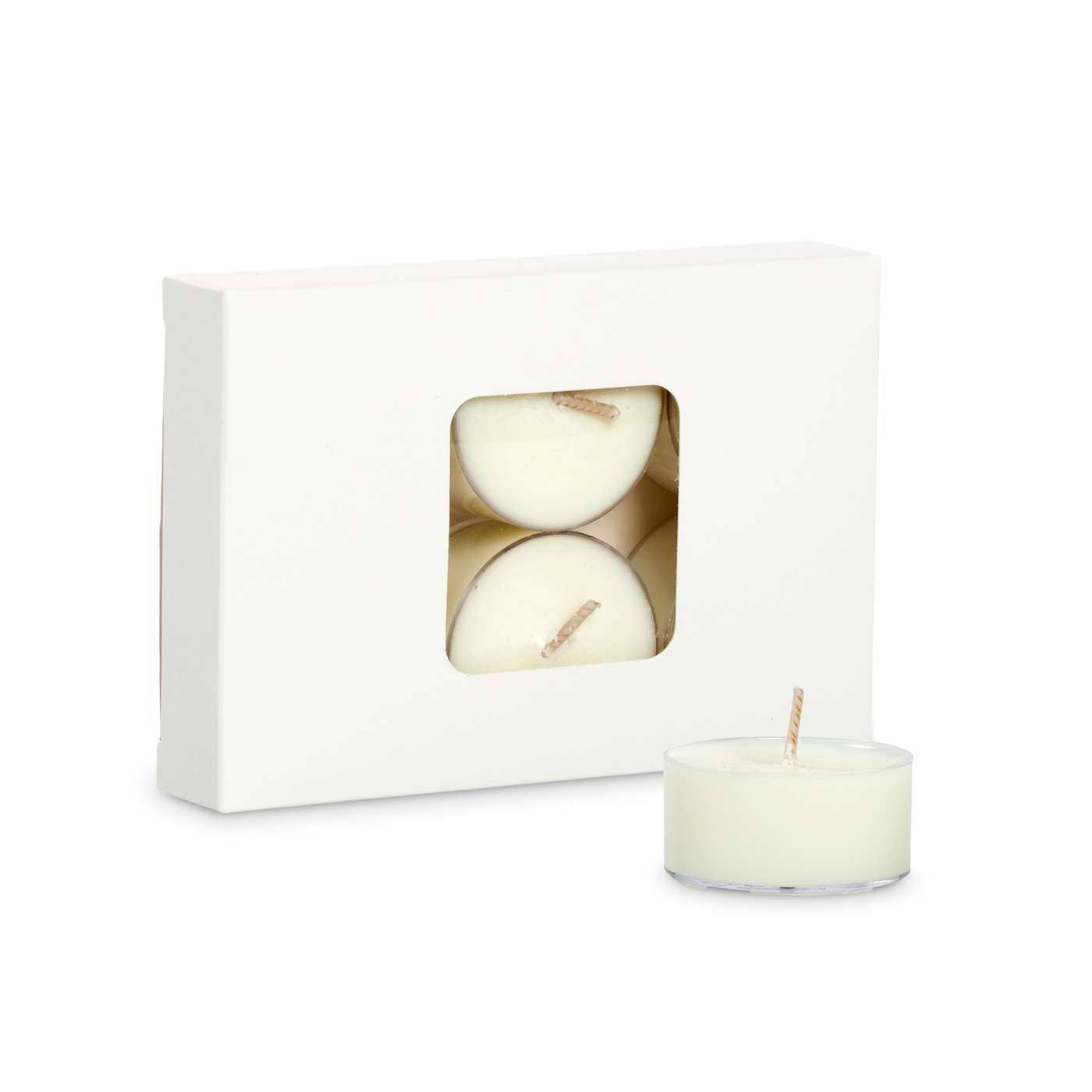From Wick to Wax: Recognizing the Chemistry Behind Soy Wax Candles and Their Environmental Impact
As we brighten our areas with the warm radiance of candle lights, there lies a world of complex chemistry behind the relatively straightforward act of lighting a soy wax candle light. The choice between soy and paraffin wax expands beyond mere aesthetic appeals, diving into the realm of ecological impact and the very make-up of the materials. Recognizing the molecular structure of soy wax and its combustion procedure sheds light on the discharges launched into our surroundings. Join us as we untangle the scientific ins and outs behind soy wax candles and explore their ramifications on our setting.
Soy Wax Vs. Paraffin Wax
When comparing soy wax and paraffin wax for candle making, it is crucial to comprehend the distinct qualities and advantages of each product. Soy wax is an all-natural, renewable energy originated from soybean oil, making it environmentally friendly and naturally degradable - soy wax candles. In contrast, paraffin wax is a by-product of oil refining, which elevates problems concerning its ecological effect and sustainability
Soy wax candles burn cleaner and give off less residue contrasted to paraffin wax candle lights, making them a much healthier option for indoor air quality. In addition, soy wax has a reduced melting factor, permitting a longer-lasting candle that distributes fragrance much more efficiently. Paraffin wax, on the other hand, tends to burn faster and much less easily, potentially launching unsafe chemicals right into the air.
From a sustainability perspective, soy wax is preferred for its biodegradability and eco-friendly sourcing, aligning with the expanding consumer choice for eco conscious items. While paraffin wax has been a conventional option in candle making as a result of its price and simplicity of use, the change in the direction of green options like soy wax is acquiring momentum in the market.
Chemical Make-up of Soy Wax

Burning Process in Soy Candles
The chemical structure of soy wax directly influences the burning procedure in soy candles, influencing variables such as melt time, fragrance release, and environmental influence. When a soy candle is lit, the heat from the fire thaws the wax near the Source wick. This liquid wax is after that created the wick as a result of capillary activity. As the fluid wax reaches the fire, it vaporizes and goes through combustion. The burning process involves the vaporized hydrocarbons in the wax reacting with oxygen in the air to produce warmth, light, water vapor, and carbon dioxide.
The burning efficiency of soy candles is influenced by the pureness of the soy wax and the high quality of the wick. Additionally, soy wax candle lights have a lower ecological effect compared to paraffin read this candles due to their eco-friendly and eco-friendly nature.

Ecological Benefits of Soy Wax

Thought about a sustainable option to traditional paraffin wax, soy wax provides remarkable ecological advantages that make it a prominent selection among eco-conscious customers. One substantial benefit of soy wax is its renewable sourcing. Soy wax is originated from soybean oil, which is predominantly cultivated in the United States. The growing of soybeans aids support regional farmers and decreases the dependence on non-renewable nonrenewable fuel sources utilized in paraffin wax manufacturing. Additionally, soy wax is eco-friendly, indicating it damages down normally without releasing hazardous toxins into the environment. This characteristic makes soy wax candle lights a much more environmentally friendly option compared to paraffin wax candles, which are made from petroleum, a non-renewable resource. Furthermore, soy wax burns cleaner and creates less residue than paraffin wax, contributing to better indoor air quality and reducing the requirement for cleansing and maintenance. In general, the ecological benefits of soy wax line up with the growing demand for eco-friendly and lasting products in the marketplace.
Recycling and Disposal Considerations
Recycling and correct disposal of soy wax candles play a vital role in keeping environmental sustainability and minimizing waste in families and communities. When it pertains to reusing soy wax candle lights, the first action is to ensure that the candle light has actually melted entirely. This can be achieved by allowing the candle to shed till the wick is no longer usable, and then letting the staying wax cool and solidify. When the wax has solidified, it can be thoroughly eliminated from the container.

In regards to disposal, if recycling is not an alternative, soy wax candle lights are naturally degradable and can be safely dealt with in most house waste systems. It is always suggested to inspect with local recycling centers or waste management solutions for certain guidelines on candle disposal to ensure proper handling and ecological protection.
Verdict
To conclude, the chemistry behind soy wax candle lights discloses their environmental benefits over paraffin wax candle lights. Soy wax, originated from soybean oil, burns cleaner and produces less soot when compared to paraffin wax. The burning procedure in soy candle lights is much more efficient, bring about a longer and a lot more also shed. Additionally, soy wax is biodegradable and sustainable, making it a much more lasting choice for candle light manufacturing. Recycling and appropriate disposal of soy wax candles further contribute to their environmental effect.
When comparing soy wax and paraffin wax for candle light making, it is important to comprehend the distinctive characteristics and benefits of each material (soy wax candles).Soy wax candles shed cleaner and send out less soot compared to paraffin wax candles, making them a healthier option for interior air top quality.Considered a sustainable alternative to standard paraffin wax, soy wax offers noteworthy ecological benefits that make it a preferred choice amongst eco-conscious consumers. Soy wax burns cleaner and creates less soot than paraffin wax, contributing to far better indoor air top quality and reducing the need for cleaning and upkeep.In conclusion, the chemistry behind soy wax candles reveals their environmental advantages over paraffin wax candle lights